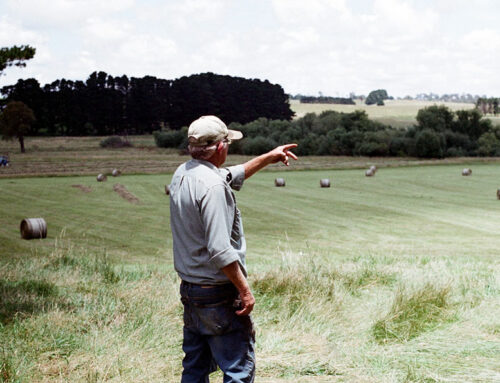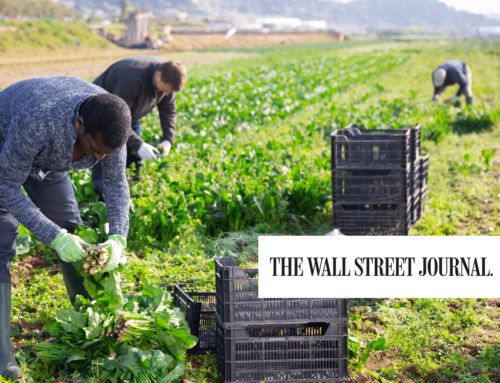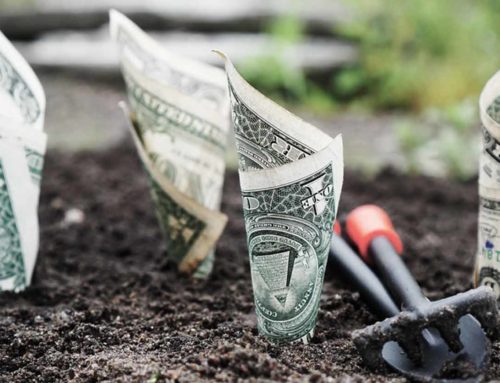Never let a good tragedy go to waste. The mantra of cotton lobbyists.
Now they’re applying it in an attempt to hijack the disaster supplemental appropriations to line their own pockets.
A bit of background: From before the ink was dry on the 2014 farm bill, lobbyists and members of congress representing large cotton growers have pushed to increase taxpayer spending on businesses choosing to grow cotton.
Lobbyists representing Big Cotton once again are misusing the emergency spending bill to grab about $1 billion in additional subsidies for wealthy cotton growers by designating cotton an eligible crop under the already over budget Title I agricultural income subsidy programs.
Agricultural businesses growing cotton already received at least $5 billion in benefits under federally subsidized crop insurance since the enactment of the 2014 farm bill.
This on top of $2.7 billion in payments from new income subsidy programs created in 2014. All while USDA recently reported that cotton cash receipts are expected to increase $2.2 billion.
A recent ERS report shows that 83 percent of cotton production came from midsize and large-scale family farms. But there is nothing “mid” about the size of these operations, which make up to $1 million before being classified as “large.”
Does cotton really need help? Cotton growers are “suffering” so much, in the words of one grower: “Cotton is profitable. Our phone is ringing off the wall for next year.”
Exploiting the hurricane recovery process to harvest cash for cotton-growing businesses will fleece taxpayers for years.
The 2014 farm bill-created agricultural income entitlement programs are already $18 billion over budget. The newly created shallow loss programs claimed to save taxpayer dollars, but instead used accounting gimmicks and budget trickery to create programs that pay out in good times and bad.
Cotton was specifically excluded from these programs to resolve the WTO case that saw taxpayers spend nearly $800 million bribing Brazilian cotton growers to not enact retaliatory measures against U.S. growers or other non-agriculture sectors. By designating this selective reopening of the farm bill an emergency, agriculture committee members won’t have to make the hard choice of offsetting the increased spending with cuts to income subsidies for growers of other crops.
They will, in fact, pad the bottom line of the next bill’s baseline – making a mockery of the claimed savings from reforming programs in 2014.
By caving to cotton’s insatiable craving for taxpayer cash, directing an additional $2.6 billion to bail out even those that chose to not buy crop insurance, and doubling the authorized spending level of the supplemental spending for livestock, honeybees, and farm raised fish, House Appropriators have declared the 2014 farm bill a failure.
We welcome this acknowledgement and look forward to working with lawmakers to craft a cost effective, transparent, responsive, and accountable farm bill to better serve the interests of the entire agriculture sector instead of rewarding a small number of special interests.
But in the meantime, the non-disaster, non-emergency cotton provision should be stripped from the emergency disaster spending bill.











Get Social